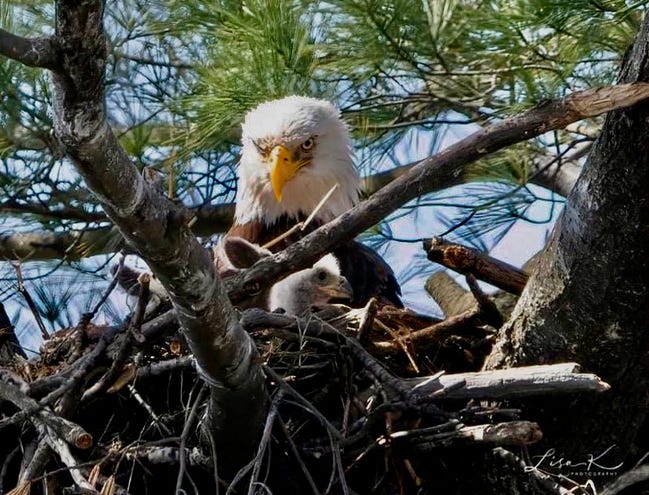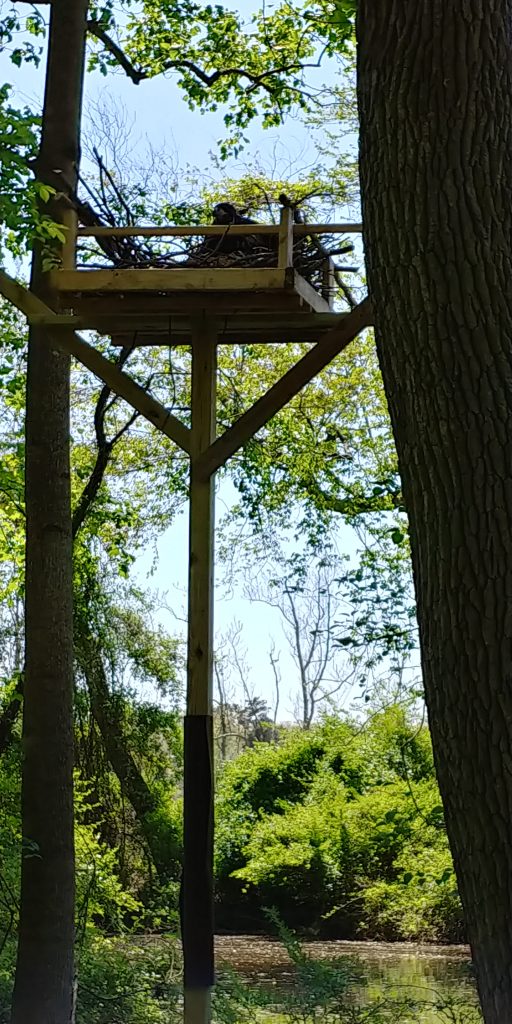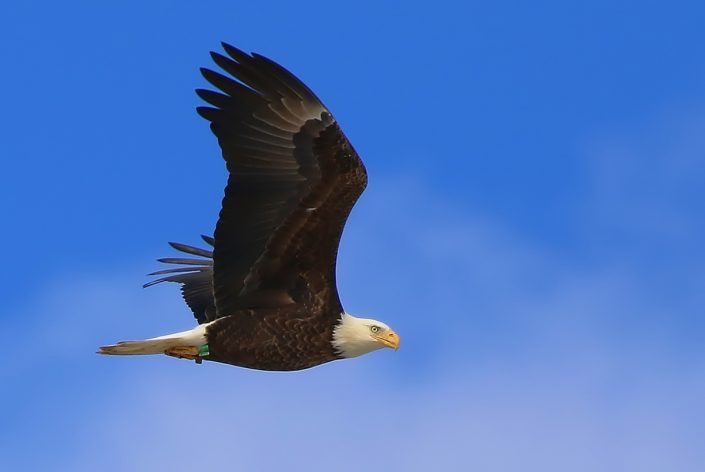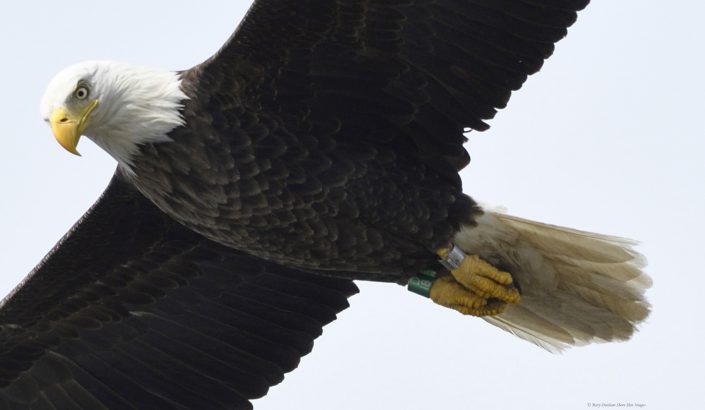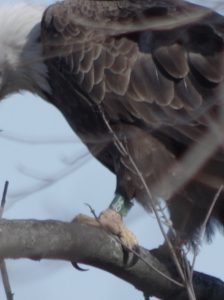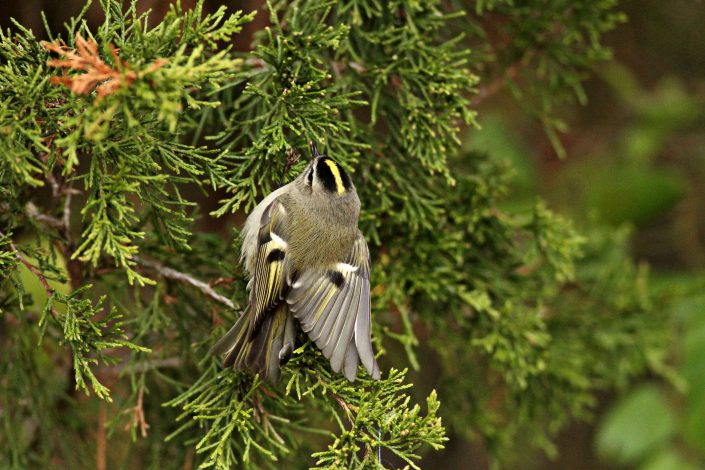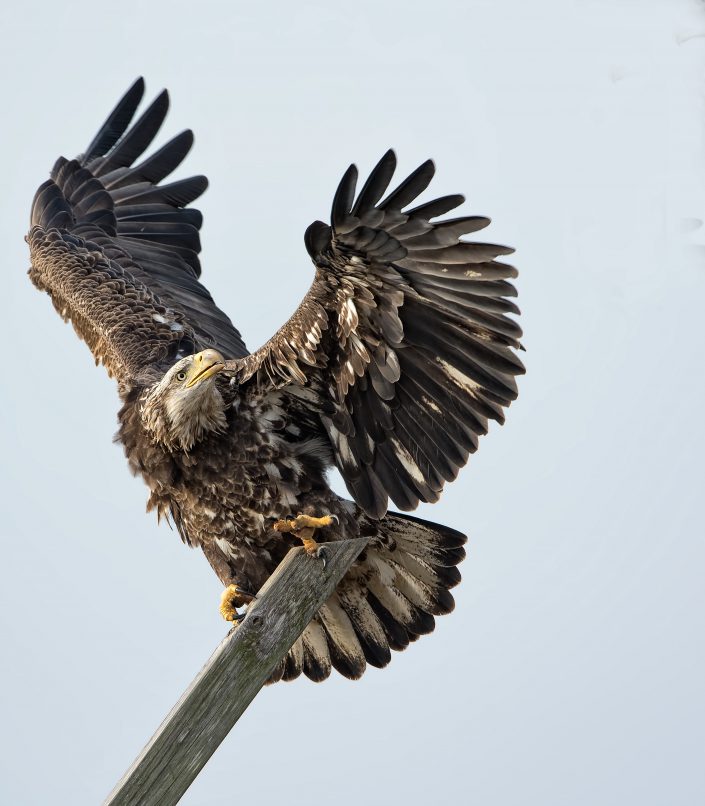Part 1: An Eagle Nest Removed
by Larissa Smith, CWF Biologist

The following was written by NJ Eagle Project volunteer, Daniel Kroon. He monitors this nest along with several other dedicated volunteers whose photos are featured in this blog.
The Three Bridges (Hunterdon County) eagle nest is located on the top arm of an electric transmission tower. This pair has successfully nested on the tower for the past five years. This line of towers is scheduled to be replaced with new monopoles and the work on it has recently begun. PSE&G is cooperating with the NJ Bald Eagle program to move this nest to a new pole platform. Unfortunately, the pair is already on territory and have been observed bringing a stick to the old nest. It is an interesting story of how these eagles are adapting to the human-created environment and how we are trying to accommodate them.

On November 4, PSE&G removed the top of the tower, keeping the nest intact, and lowered it to the ground where they carefully removed the nest from the tower structure. The nest is stored in a shed and will be re-installed on a platform affixed to the new tower when it is erected. We hope the eagle pair accept their remodeled home.
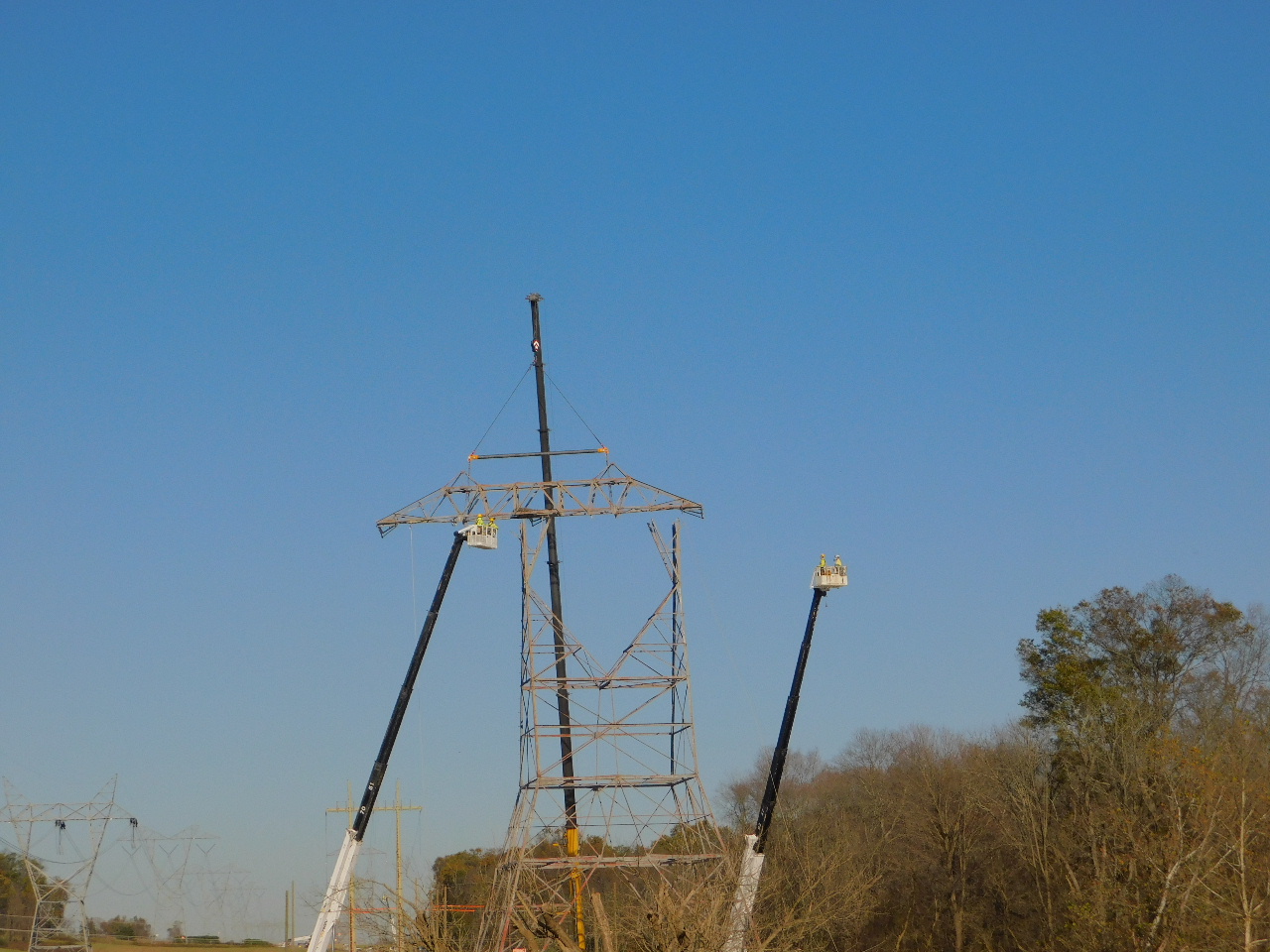
@Barb McKee 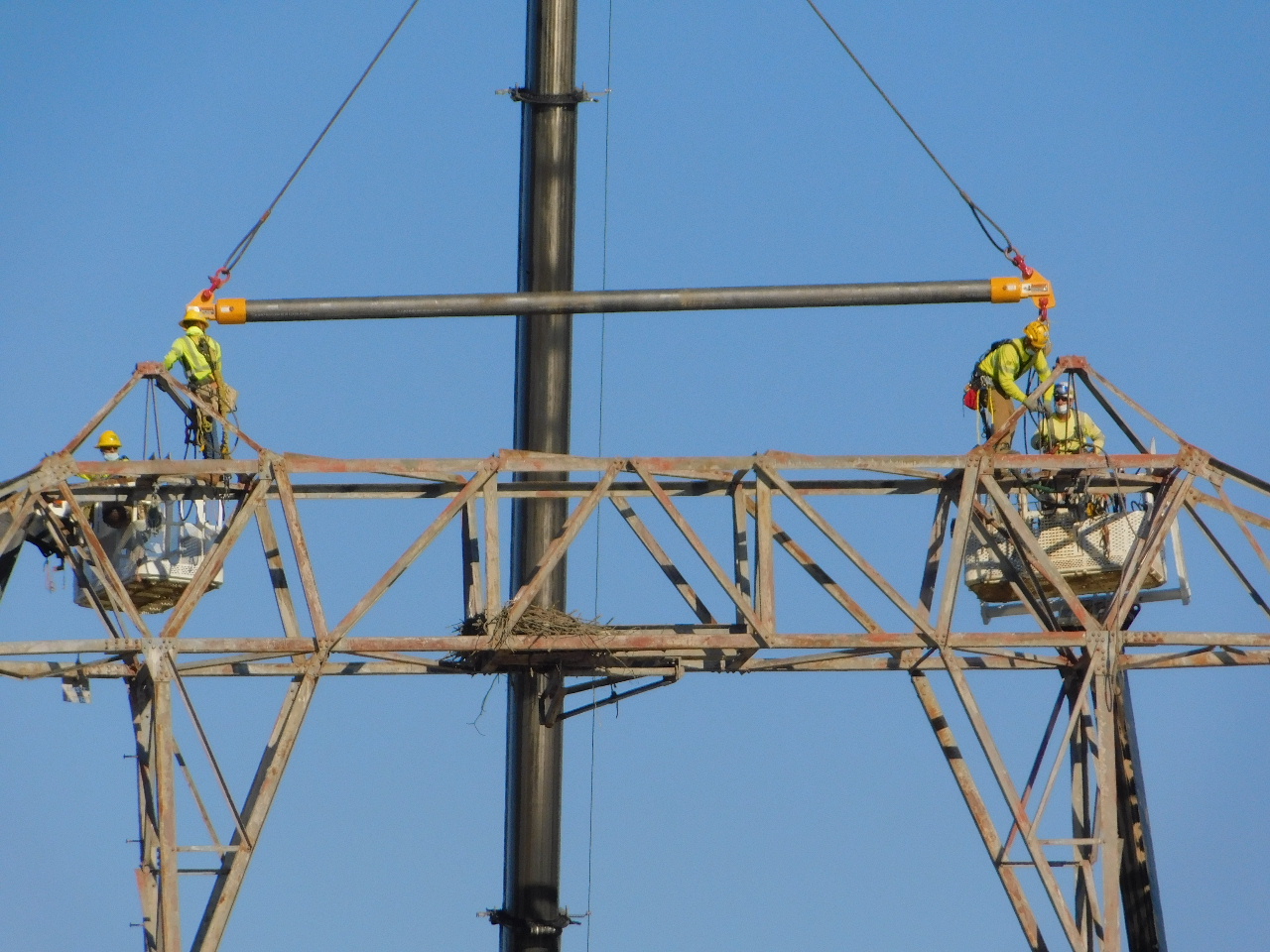
@Barb McKee 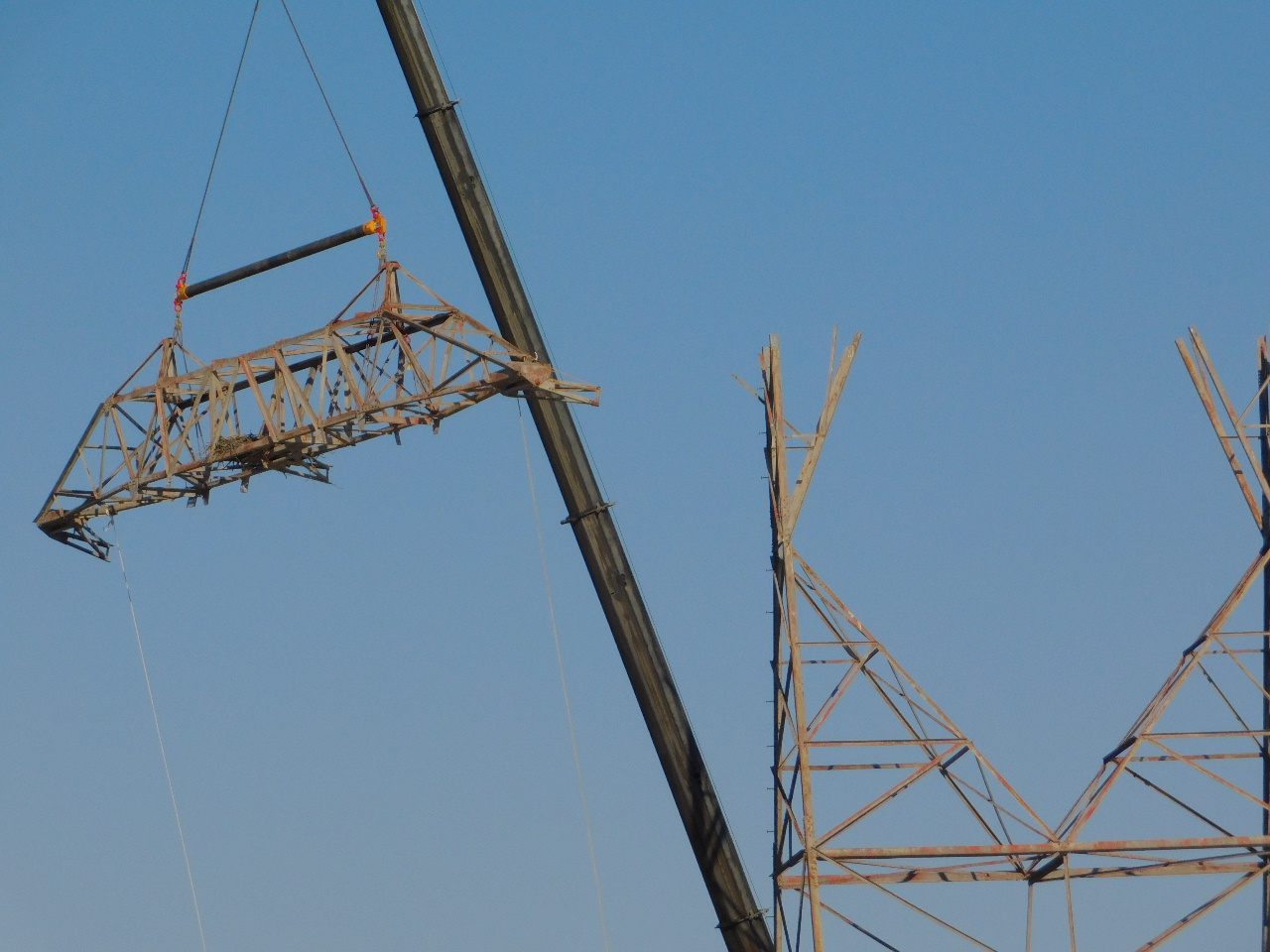
@Barb Mckee 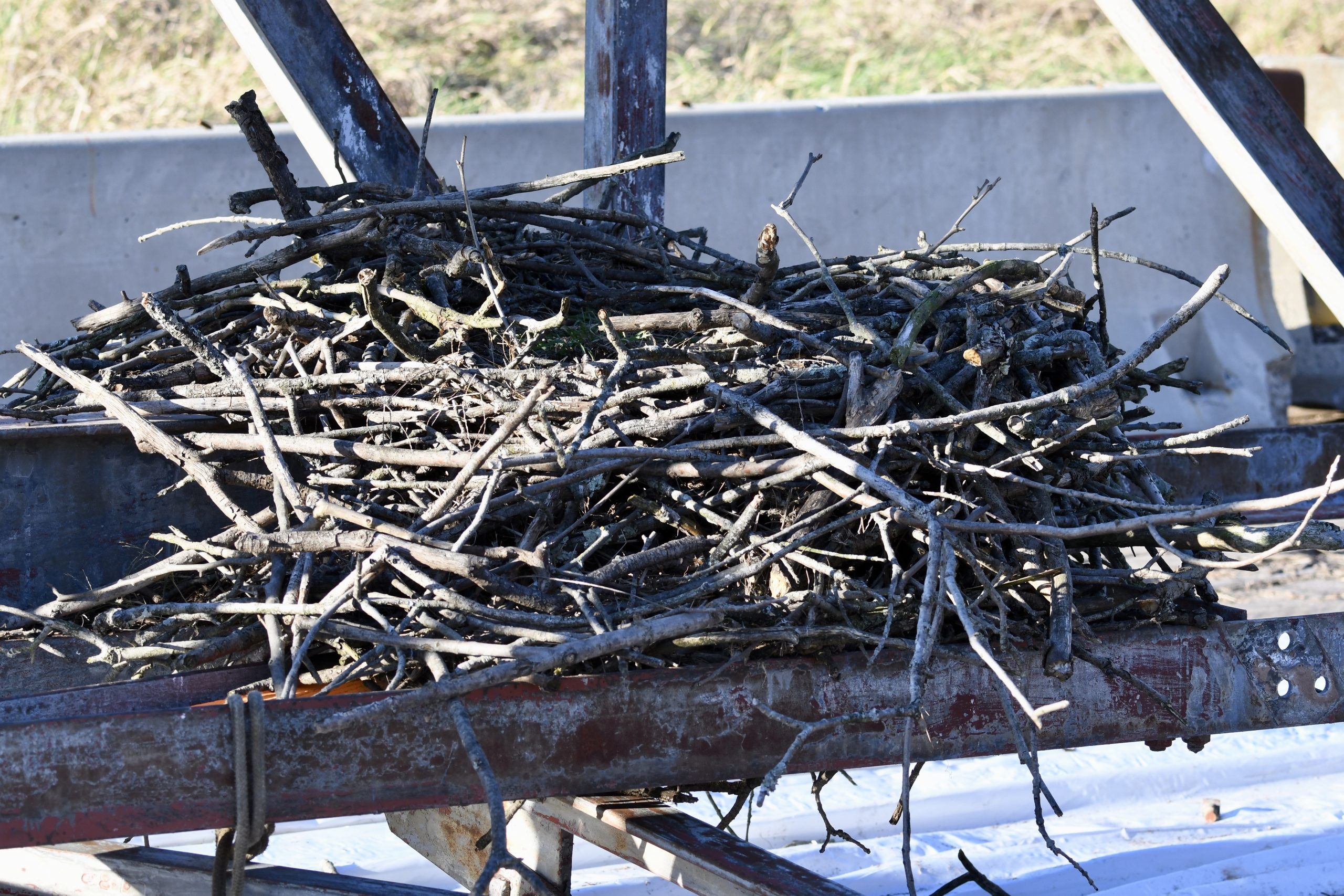
nest@ Diane Cook 
The evening of the nest removal, volunteer Mary Ellen Hill observed the pair sitting together on the adjacent tower.


We will follow up with part two of this story once the new monopole tower is installed and the nest is placed back up on the platform. We thank all the nest monitors, PSE&G and everyone involved to make this as successful as possible.

